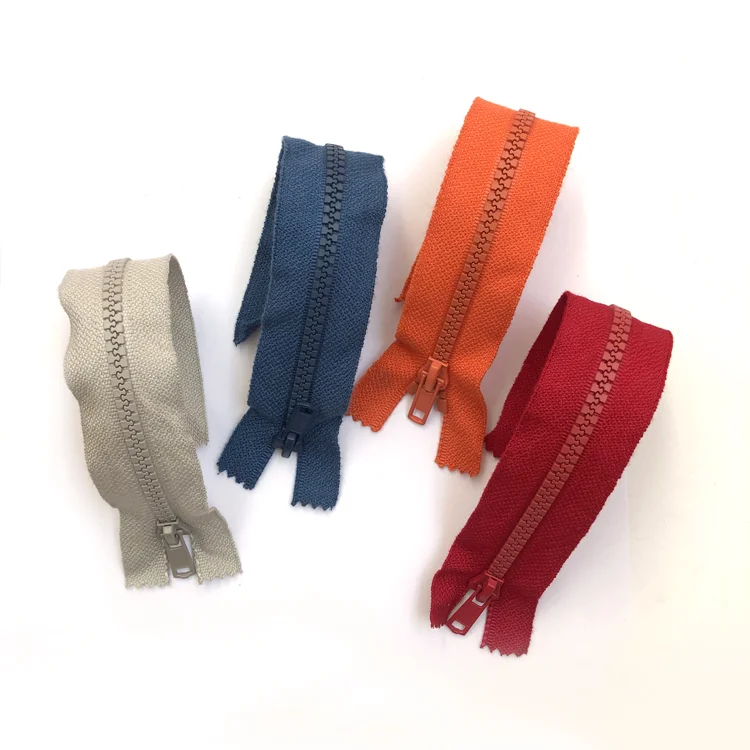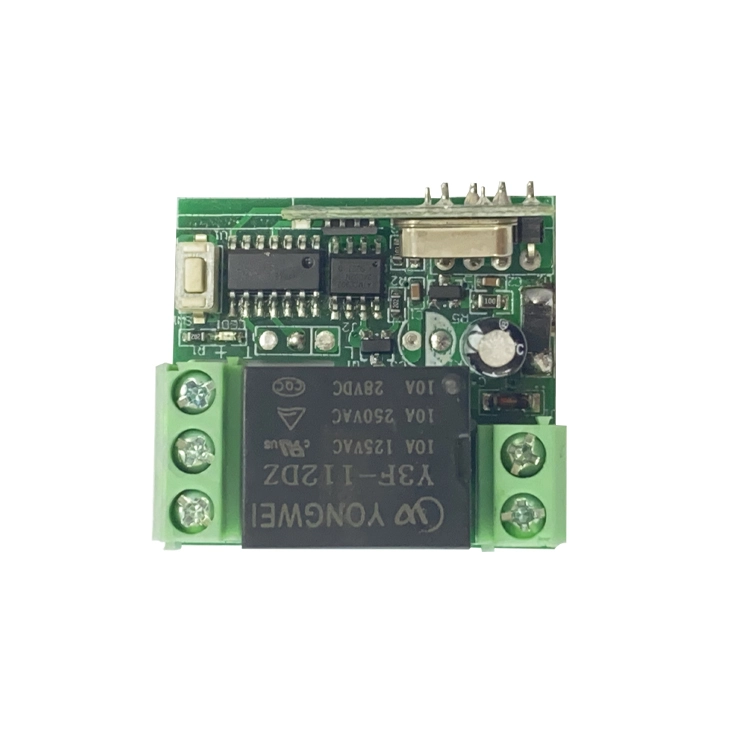Personal protective equipment (PPE) plays a pivotal role in ensuring the safety of workers and professionals in hazardous environments. From healthcare workers battling infectious diseases to industrial employees exposed to chemicals and extreme temperatures, PPE serves as the first line of defense. While much attention is given to the materials and overall design of protective clothing, the smaller, often overlooked components are just as important. Among these, the personal protective zipper stands out as a vital feature that ensures the garment's effectiveness.
The personal protective zipper is not just a closure mechanism; it is a critical component that contributes to the integrity of the protective garment. Designed to withstand extreme conditions, create secure seals, and facilitate ease of use, these zippers are engineered for performance under pressure. This article TYZ explores the unique features of personal protective zippers, emphasizing their indispensable role in ensuring safety and functionality.
What Is a Personal Protective Zipper?

A personal protective zipper is a specialized fastening device crafted to meet the rigorous demands of PPE used in hazardous environments. Unlike standard zippers designed for everyday garments, personal protective zippers must withstand extreme physical, chemical, and environmental stress. Their primary function is to ensure a tight seal that prevents the ingress of harmful substances, such as liquids, gases, particulates, or pathogens. To achieve this, personal protective zippers are built using advanced materials like coated polymers, thermoplastics, or corrosion-resistant metals. These materials are selected for their strength, durability, and ability to maintain functionality in high-stress conditions. For instance, in a chemical spill scenario, a zipper on a hazmat suit must remain impenetrable to ensure the wearer's safety. Moreover, personal protective zippers incorporate features such as waterproof or airtight sealing, ergonomic designs for ease of use, and smooth gliding mechanisms. These attributes make them suitable for a wide range of applications, from medical isolation suits to industrial protective clothing. Their effectiveness lies not only in their ability to securely fasten garments but also in their contribution to the overall durability and reliability of the PPE.
Unique Features of Personal Protective Zippers
Secure Sealing Mechanisms
A defining characteristic of personal protective zippers is their ability to create a secure and impenetrable seal. In environments where exposure to harmful substances can lead to severe health risks or fatal consequences, the zipper's sealing capability is paramount. These zippers are designed to prevent even microscopic particles from penetrating the closure.Advanced technologies, such as laminated waterproof layers or bonded seams, are often used to enhance sealing performance. For example, personal protective zippers in chemical protective suits are coated with materials that repel corrosive substances, ensuring the garment remains impermeable. Additionally, many designs include overlapping flaps or welded seams that provide an additional barrier against contaminants.This feature is particularly vital in healthcare environments, where protective garments must prevent the transmission of pathogens. A personal protective zipper in a medical isolation gown ensures a hermetic seal, reducing the risk of cross-contamination and safeguarding both the wearer and the patient.
Extreme Durability
Durability is another cornerstone of personal protective zippers. PPE is often used in environments characterized by harsh physical and environmental conditions, such as chemical plants, construction sites, or emergency response zones. Personal protective zippers are constructed to withstand repeated use, mechanical stress, and exposure to extreme temperatures or corrosive substances.Common materials include high-strength nylon, polyester-coated metals, and thermoplastic polymers. These materials are resistant to wear, tear, and chemical degradation, ensuring that the zippers remain functional even after prolonged use. For example, in industrial applications where protective suits are exposed to oil, solvents, or abrasive materials, the durability of the zipper plays a critical role in maintaining the garment's protective capabilities.
Heat and Flame Resistance
In industries such as firefighting, welding, and foundry operations, protective clothing must be able to endure extreme heat and flames. Personal protective zippers designed for these scenarios are constructed from flame-resistant materials and treated with heat-resistant coatings. For instance, a firefighter's protective suit equipped with a heat-resistant zipper can provide protection against burns, even in environments where temperatures exceed hundreds of degrees Celsius. These zippers maintain their structural integrity and functionality under extreme heat, ensuring the safety of the wearer during critical operations.
User-Friendly Designs
While safety and durability are the primary considerations, ease of use is another critical feature of personal protective zippers. In high-pressure environments, users may need to quickly don or remove protective garments, often while wearing gloves or working under stressful conditions. To address this, personal protective zippers are designed with oversized pull tabs, self-lubricating sliders, and ergonomic shapes that facilitate effortless operation. For example, first responders using hazmat suits need a zipper that can be easily operated even with gloved hands, ensuring that the suit can be secured or removed rapidly in emergency situations.
The personal protective zipper may seem like a small detail, but its impact on the safety, functionality, and usability of protective garments is profound. With advanced sealing capabilities, durable materials, and user-friendly designs, these zippers are integral to the performance of PPE across a wide range of industries. From healthcare and chemical handling to firefighting and outdoor applications, personal protective zippers ensure that protective clothing meets the highest standards of safety and reliability. By focusing on both protection and practicality, these zippers contribute to the overall effectiveness of PPE, safeguarding individuals in even the most challenging environments. As industries continue to demand better protection for their workers, the personal protective zipper remains an essential component of innovative and reliable safety solutions.
https://www.tianyizip.com/Products
www.tianyizip.com
Wuxi Tianyi Zipper Manufacturer Co.,Ltd.

